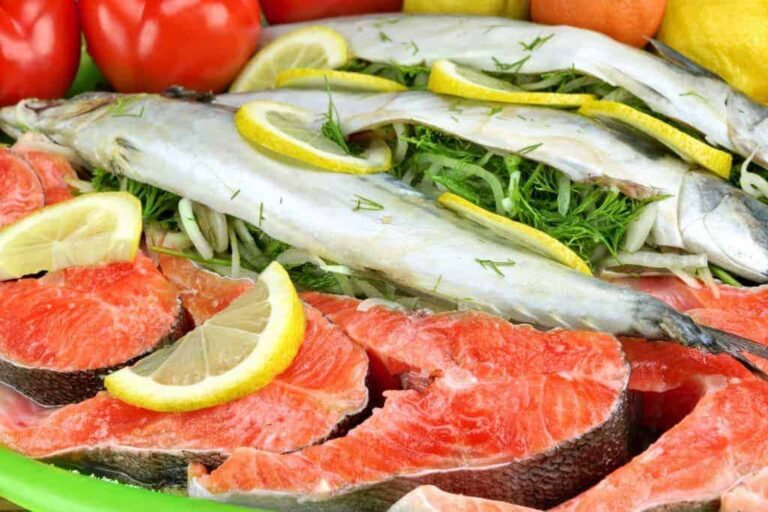Introduction: Understanding Micronesian Cuisine
Micronesian cuisine is a unique blend of traditional foods and flavors from various cultures. It includes dishes influenced by Polynesian, Melanesian, and Asian cuisines. The tropical climate and the abundance of marine life have shaped Micronesian food, making seafood an integral part of the region’s diet.
The Role of Seafood in Micronesian Diet
Seafood plays a significant role in Micronesian cuisine. It is a primary source of protein, vitamins, and minerals for the people of Micronesia. Fish, shellfish, and seaweed are popular seafood options in the region. They are consumed in a variety of forms, including soups, stews, curries, and grilled dishes.
Apart from its nutritional benefits, seafood is also culturally important in Micronesia. Fishing is a way of life for many communities, and the ocean is considered a source of life and identity. The consumption of seafood is often associated with social gatherings and celebrations.
Stewed and Grilled: Popular Seafood Dishes in Micronesia
Stew is a popular way of preparing seafood in Micronesia. Stews are often made with coconut milk, taro, and various spices. The dish is usually served with rice or breadfruit. One of the most famous stews in Micronesia is the Chamorro kadu, a dish made with fish, pumpkin, and coconut milk.
Grilling is another common way of preparing seafood in Micronesia. Grilled fish, shrimp, and squid are popular dishes in the region. They are often served with a spicy sauce or a lemon and garlic marinade.
The Importance of Fish in Micronesian Culture
Fish is an essential part of Micronesian culture. It is used in traditional ceremonies, such as weddings and funerals. The people of Micronesia also have a deep respect for the ocean and the creatures that inhabit it. Traditional fishing methods, such as handline fishing, are still widely used in the region.
Challenges Facing Micronesian Fishing Industry
Despite the importance of fishing in Micronesia, the fishing industry is facing several challenges. Overfishing, climate change, and pollution are threatening the region’s marine life. The rising cost of fuel and equipment is also making it difficult for small-scale fishers to make a living.
Conclusion: The Future of Seafood in Micronesian Cuisine
Seafood will continue to be a vital part of Micronesian cuisine, but the future of the fishing industry is uncertain. Sustainable fishing practices and conservation efforts are needed to protect the region’s marine life. The support of the international community, through programs such as marine protected areas and sustainable fishing initiatives, is crucial in ensuring the future of Micronesian seafood.

